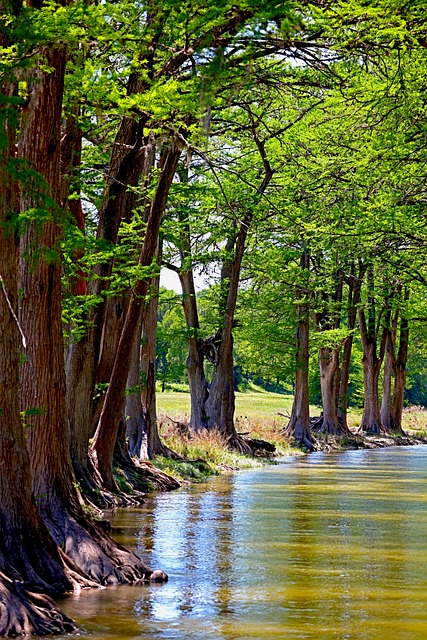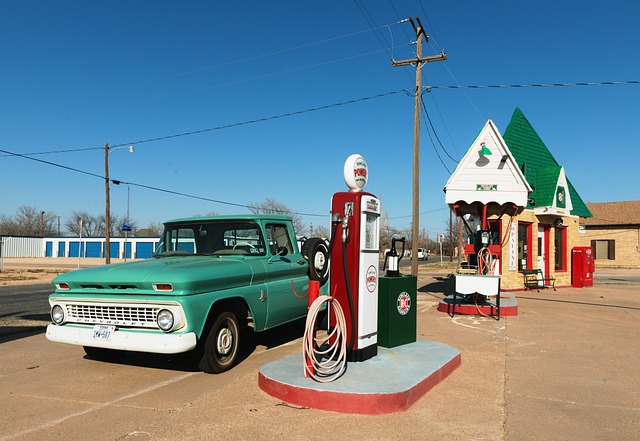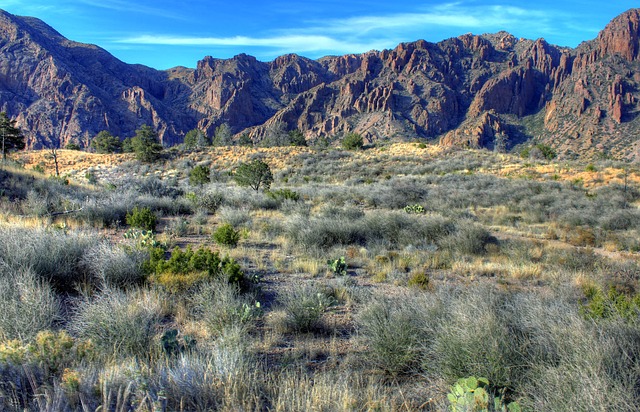Texas boasts an exceptional array of ecosystems, from the arid deserts in the southwest to the subtropical Gulf Coast and the lush forests of the east. Its diverse geography creates distinct microclimates with varied weather patterns, contributing to its rich biodiversity. Culturally, Texas' heritage is a complex blend of influences from its Native American roots through Spanish, French, Mexican, and Anglo settlers, influencing everything from food and music to architecture. This unique cultural mix is celebrated in festivals and events that honor both tradition and innovation. Economically, Texas stands as the second-largest economy in the U.S., with a robust industrial base across energy, technology, agriculture, and manufacturing sectors, including significant investments in renewable energy like wind and solar power. The state's business-friendly environment and commitment to higher education attract global corporations, reinforcing its position as an economic leader within the nation.
Discover the diverse heart of America with our exploration of Texas, a state brimming with unique geographical diversity and a climate that ranges from arid deserts to lush forests. Delve into the rich cultural tapestry that weaves together influences from Spanish colonial heritage to the pulsating energy of modern megacities like Houston and Dallas. Beyond its cultural depth, Texas stands as an economic powerhouse, a hub of industry and innovation that drives the Southwest’s economy. Join us as we uncover the Lone Star State’s most fascinating aspects through its geography, culture, and economic prowess.
- Exploring the Lone Star State: Unique Geographical Diversity and Climate of Texas
- Texas's Rich Cultural Tapestry: From Spanish Missions to Modern Megacities
- The Economic Powerhouse of the Southwest: Texas's Industry and Innovation Landscape
Exploring the Lone Star State: Unique Geographical Diversity and Climate of Texas

Texas, known as the Lone Star State, boasts a diverse and captivating geography that spans a variety of landscapes, from the arid deserts of West Texas to the subtropical forests of its eastern regions. The state’s topography includes not only vast plains but also rolling hills, rugged mountains, and an extensive coastline along the Gulf of Mexico. This geographical complexity creates microclimates throughout Texas, where one can experience different weather patterns from one region to another. In the southwestern corners, the Chihuahuan Desert dominates with its characteristic sparse vegetation and extreme temperature variations. Conversely, the Rio Grande Valley offers a lush environment with a Mediterranean-like climate, complete with warm, dry summers and mild, wet winters. The Texas Gulf Coast experiences a humid subtropical climate, characterized by hot, humid summers and mild winters, ideal for agriculture and fishing industries that thrive in this part of the state. The Lone Star State’s climate is as varied as its geography, with each region offering a unique environmental experience, contributing to the rich biodiversity found within its borders.
Texas's Rich Cultural Tapestry: From Spanish Missions to Modern Megacities

Texas, a state as vast in geography as it is in its cultural influences, boasts a rich tapestry woven from centuries of intertwined histories. The Lone Star State’s cultural heritage is a mosaic that begins with the indigenous peoples who first inhabited its lands and continues through successive waves of Spanish, French, Mexican, and Anglo settlers. Each group left an indelible mark, contributing to Texas’s culinary traditions, musical genres like Tex-Mex, country, blues, and Tejano, as well as its distinctive architectural styles seen in cities across the state, from San Antonio’s Spanish Colonial missions to Houston’s modern skyscrapers. This cultural melange is not just confined to the past; it thrives today in Texas’s vibrant communities, where festivals and celebrations honor both the legacy of its diverse populations and the innovative spirit that characterizes its modern megacities.
In the present day, Texas stands as a testament to the enduring influence of its historical roots within a contemporary context. Its major cities, such as Dallas and Austin, are hubs for technological innovation and economic growth, yet they maintain a strong connection to their heritage through museums, public art installations, and cultural events that celebrate Texas’s rich history and diverse cultures. The state’s urban centers are not only centers of commerce and technology but also places where the past and present converge, creating a dynamic and ever-evolving cultural landscape that is uniquely Texan.
The Economic Powerhouse of the Southwest: Texas's Industry and Innovation Landscape

Texas, as an economic powerhouse in the southwestern United States, boasts a diverse and robust industry and innovation landscape that drives its economic might. With a Gross State Product (GSP) of over $1.9 trillion, it ranks second among U.S. states, behind only California. This Lone Star State’s economy is a tapestry of various sectors, including energy, technology, agriculture, and manufacturing. The energy sector remains a cornerstone, with Texas leading the nation in oil and natural gas production. It is also a pioneer in renewable energy, with significant investments in wind and solar power, contributing to its status as a leader in green energy initiatives.
Innovation in Texas is not confined to energy; it spans across sectors such as aerospace, biotechnology, and semiconductors. The state is home to NASA’s Johnson Space Center, a hub for space exploration and innovation. Austin, the state capital, has earned the nickname “Silicon Hills” due to its burgeoning tech industry and startup ecosystem, with companies ranging from Dell Technologies to innovators in software development and digital media. Texas’s commitment to fostering a business-friendly environment through favorable tax policies, regulatory environments, and investment in higher education has attracted numerous global corporations, solidifying its position as a beacon of American economic vitality.
Texas, a state as diverse in landscape as it is in culture and economy, stands as a testament to the richness of America’s heartland. From its unique geographical diversity and climate that span from arid deserts to lush coastal plains, to its cultural heritage deeply influenced by Spanish colonization and the vibrancy of modern megacities, Texas offers an encompassing experience of American life. Economically, it is a powerhouse in the southwest, leading in industry and innovation, showcasing its pivotal role in shaping the nation’s future. Delving into the Lone Star State reveals a multifaceted gem that continues to captivate and contribute to the country’s mosaic.



